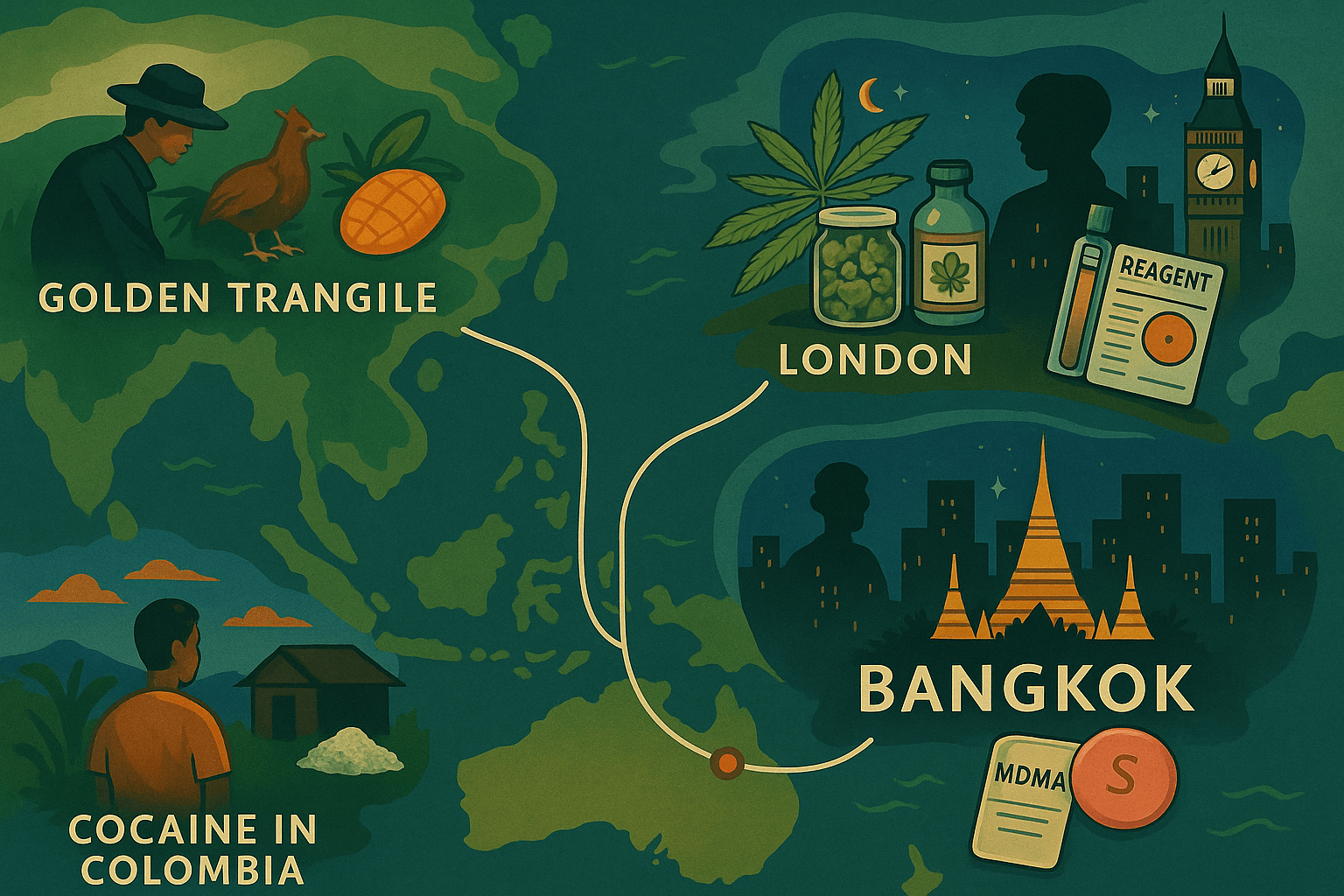Japan is known for its strict drug laws and societal stigma against drug use. However, understanding the prevalence of lifetime drug use within the population provides important insights into changing trends and behaviors. This article offers a detailed analysis of the estimated number of people in Japan who have used drugs at least once in their lifetime, focusing on the years 2015, 2017, 2019, and 2021, with a specific emphasis on gender distribution.
Estimated Lifetime Drug Use in Japan (2015-2021)
2015
In 2015, it was estimated that around 1.1 million people in Japan had used drugs at least once in their lifetime. This number was relatively low, reflecting Japan’s stringent drug policies and the cultural taboo surrounding drug use.
2017
By 2017, the estimated number of lifetime drug users in Japan had increased to approximately 1.2 million people. This modest rise indicated a gradual increase in drug experimentation, possibly influenced by the growing availability of certain substances and changing social attitudes among younger populations.
2019
The trend continued in 2019, with an estimated 1.5 million people in Japan having used drugs at least once in their lifetime. The increase from previous years suggested a broadening of drug experimentation across different demographics, with more people trying drugs for the first time.
2021
In 2021, the estimated number of people who had used drugs once in their lifetime reached 1.7 million. This increase was notable and highlighted a steady growth in the number of individuals experimenting with drugs, despite Japan’s rigorous legal framework and societal attitudes. The data indicates a continuing shift in drug use trends, particularly among younger generations and in urban areas.
Gender Distribution of Lifetime Drug Use in Japan (2021)
When examining the gender distribution of lifetime drug use in Japan, significant differences emerge.
Men
In 2021, it was estimated that 70% of the individuals who had used drugs at least once in their lifetime were men. This proportion equates to roughly 1.19 million men. The higher prevalence of drug use among men is consistent with global trends, where men are generally more likely to experiment with drugs compared to women. Factors contributing to this gender disparity may include societal expectations, access to drugs, and risk-taking behaviors.
Women
Conversely, 30% of lifetime drug users in Japan were women, translating to approximately 510,000 women in 2021. The lower prevalence among women may be influenced by stronger social stigmatization of drug use and a more conservative approach to drug-related behaviors. However, the growing number of female drug users over the years indicates a shift in social dynamics and the possible influence of global cultural trends on Japanese society.
Discussion
Trends Over Time
The data from 2015 to 2021 reveals a consistent increase in the estimated number of people who have tried drugs at least once in their lifetime in Japan. This upward trend could be attributed to various factors, including increased drug availability, evolving social attitudes, and possibly the influence of global drug use trends. The rise in numbers also suggests that drug use is becoming more normalized among certain segments of the population, particularly younger individuals and those living in urban areas.
Cultural and Social Influences
Japan’s conservative society, which places a strong emphasis on social conformity and order, traditionally discourages drug use. Despite this, the steady increase in lifetime drug use suggests that these cultural barriers may be eroding, particularly among younger generations who are more exposed to global influences through media and the internet.
Implications for Public Health and Policy
The rising trend in lifetime drug use in Japan, particularly among men, poses challenges for public health and law enforcement. Targeted interventions are needed to address the specific needs of different demographic groups, focusing on prevention, education, and early intervention. Understanding the gender-specific patterns in drug use can help in crafting more effective public health strategies that address the root causes of drug experimentation.
Conclusion
Between 2015 and 2021, the estimated number of people who have used drugs at least once in their lifetime in Japan increased from 1.1 million to 1.7 million. This trend highlights the growing prevalence of drug experimentation, particularly among men, who account for 70% of lifetime drug users. As Japan continues to grapple with these challenges, it is crucial for policymakers and public health officials to develop strategies that address the evolving landscape of drug use.
References
- United Nations Office on Drugs and Crime (UNODC). Synthetic Drugs in East and Southeast Asia 2023.
- National Center of Neurology and Psychiatry (NCNP), “2021 Nationwide General Population Survey on Drug Use in Japan”, March 2022 (available at: https://www.ncnp.go.jp/nimh/yakubutsu/report/index.html).




